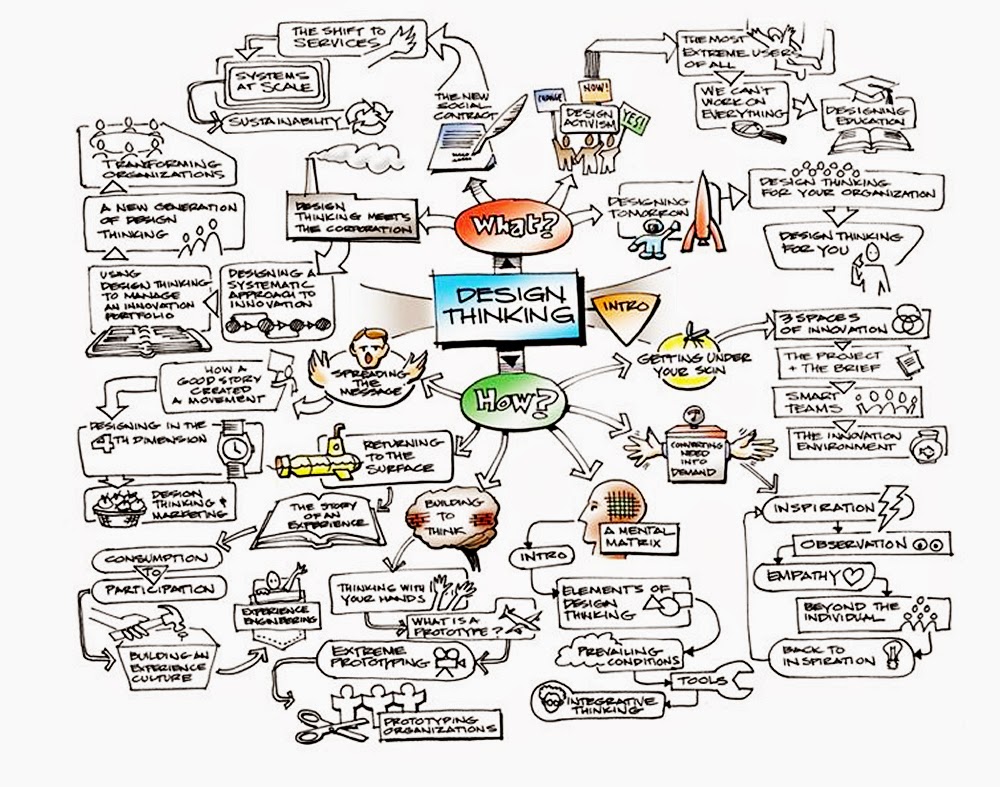In English, like some other languages, we write our words phonetically: that means we place letters beside other letters, each having their own “sound”. The combination of these sounds forms words.
The Chinese writing system is different. Instead of constructing words by combining “sounds”, they build words by combining symbols, or characters. Each character represents an entire word.
There's a lesson from breaking down the Chinese word “To Listen” into its four individual symbols:
EARS: This is the most obvious aspect of listening, but it is the least important part of truly hearing.
Researchers measured heart rate, perspiration, respiration and other biometrics of people digging a ditch. They also measured the same biometrics for people engaged in active listening and they found that active listening has a similar effect on our bodies as digging the ditch!
That’s why we feel “wiped out” after a day of meetings, or conferences; it feels as if we have been digging a ditch for eight hours.
Active listening is hard, and takes effort. This Chinese symbols which make up the word remind us that there is more to active listening than simply lending an ear.
Though it’s common to think that we listen with our ears, eye contact is a key indicator people look for when determining if someone is really listening.
Yet, consider how many times we participate in (one-on-one, or in groups), where eye contact is not established. Often eyes are glued to laptop screens, tablets, presentations, charts, handouts, etc.
Listening with our eyes is not always about establishing eye contact; if someone is using a chart, video, or other visual aid, it is easy to gauge how well the group is listening by how much they are visually engaged with what they are showing.
Maybe not. You may have “heard” them with your ears, but not with your heart.
Simply repeating someone's last statement verbatim isn't “listening”.
The Chinese word “to listen” challenges us to listen more deeply. When we “listen with our heart” our faces react differently to the words we hear. Much of our communication is non-verbal, so when someone is talking, and we are listening with our heart, it is reflected on our faces in the form of subtle expressions. A tiny squint, a wrinkle around the lips, a slight change in the brow… these are micro-reactions in our face that result from truly listening with our heart.
People don’t commit to something because their ideas are adopted. They are loyal because they feel heard.
Even if there’s a chance that nothing will be done about what was said, there is intense satisfaction that results from just being listened to. People will endure extremely difficult situations if they feel that their voice is heard.
Undivided Attention: In our fast-paced, digital age, many pride themselves in multitasking. It’s one of the top bullet points on most resumes today. Here’s the sad reality: Studies show people are not as productive while multitasking as they may think. When it comes to feeling heard, no one wants to talk to a “multitasker”.
Focus is a value rapidly gaining importance over multitasking.
Although we have clients, projects, tasks, deliverables and duties enough to more than fill our days, the ability to focus intensely on one point at a time, even if only for a short time, can be the difference between being truly effective and just getting by.
The details swarming our lives can be overwhelming. While they need to be addressed, pressing “pause” on all but one of them them for a time, so we can focus intensely on it, is key to doing amazing work.
The Chinese word “to listen” challenges us to listen more deeply. When we “listen with our heart” our faces react differently to the words we hear. Much of our communication is non-verbal, so when someone is talking, and we are listening with our heart, it is reflected on our faces in the form of subtle expressions. A tiny squint, a wrinkle around the lips, a slight change in the brow… these are micro-reactions in our face that result from truly listening with our heart.
People don’t commit to something because their ideas are adopted. They are loyal because they feel heard.
Even if there’s a chance that nothing will be done about what was said, there is intense satisfaction that results from just being listened to. People will endure extremely difficult situations if they feel that their voice is heard.
Focus is a value rapidly gaining importance over multitasking.
Although we have clients, projects, tasks, deliverables and duties enough to more than fill our days, the ability to focus intensely on one point at a time, even if only for a short time, can be the difference between being truly effective and just getting by.
The details swarming our lives can be overwhelming. While they need to be addressed, pressing “pause” on all but one of them them for a time, so we can focus intensely on it, is key to doing amazing work.
Active listening can have a transformational effect on all our relationships; business, families and friends.
If you'd like to see the original article in its business context, click here.











































